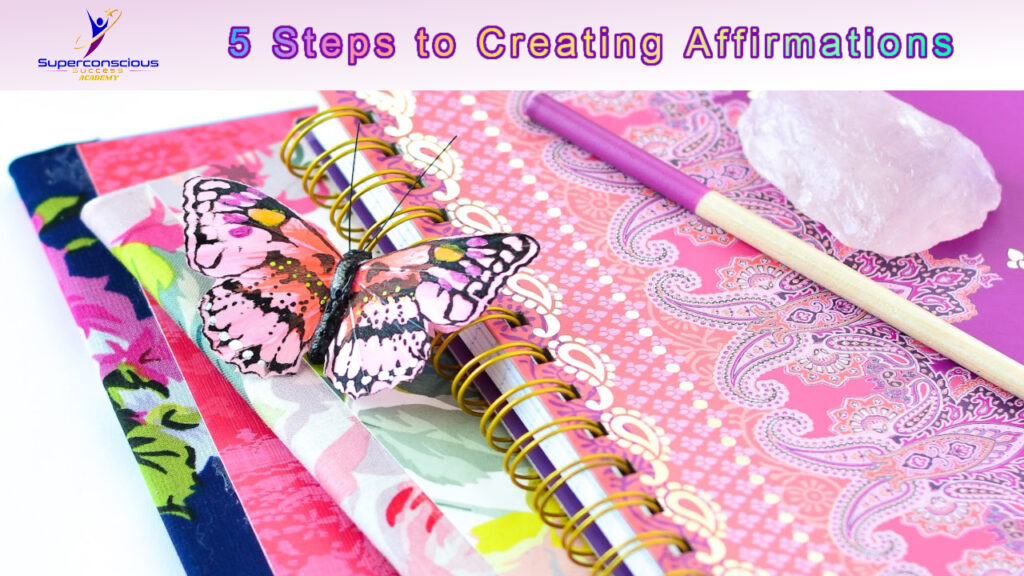
Breathwork is a transformative practice that harnesses the power of controlled breathing to enhance physical, mental, and emotional well-being. In this post, you’ll discover the ancient roots of breathwork, explore diverse techniques like Pranayama, Holotropic Breathwork, and the Wim Hof Method, and learn how these practices can positively impact your health. We’ll delve into the science behind breathwork, uncovering how it influences your autonomic nervous system, reduces stress, and boosts cognitive function. Whether you’re new to breathwork or seeking to deepen your practice, this guide will equip you with the knowledge and tools to begin your journey toward holistic wellness through conscious breathing.
Page 1
Page 2
Additional Information
What is Breathwork?
Breathwork includes various practices to enhance physical, mental, and emotional well-being through controlled breathing. Its roots trace back to ancient civilizations, where breath control was integral to spiritual practices. For example, one of the earliest forms is Pranayama from ancient India, which is a crucial part of yoga. Pranayama involves techniques of inhalation, retention, and exhalation, balancing mind and body by regulating prana, or life force energy.
Additionally, Holotropic Breathwork, developed by Stanislav Grof in the 1970s, involves rapid and deep breathing to access altered states of consciousness for therapeutic purposes. This method is often performed in a controlled setting with evocative music to facilitate emotional release and personal transformation.
Moreover, the Wim Hof Method, created by Dutch athlete Wim Hof, combines specific breathing techniques, cold exposure, and meditation. This contemporary approach enhances physical performance, resilience, and overall health. Practitioners of the Wim Hof Method report increased energy, reduced stress, and improved immune function.
Despite their different origins and techniques, these breathwork practices share a common goal: to harness controlled breathing to promote well-being. By consciously altering breathing patterns, we can influence our physiological and psychological states, achieving benefits such as stress reduction, emotional balance, mental clarity, and physical vitality.
Furthermore, throughout history, breathwork has been used in various cultures and spiritual traditions, including Tibetan Buddhism, Chinese Qigong, and Native American rituals. These practices highlight the universal recognition of breath as a vital link between body, mind, and spirit, fostering profound transformation and healing.
The Science Behind Breathwork
Breathwork, or conscious breathing, significantly affects both physiological and psychological states. At its core, breathwork primarily influences the autonomic nervous system (ANS), which includes the sympathetic and parasympathetic branches. The sympathetic nervous system triggers the ‘fight or flight’ response, while the parasympathetic system promotes ‘rest and digest’ activities.
Consequently, controlled breathing exercises can balance these systems, leading to enhanced relaxation and reduced stress. By deliberately slowing and deepening the breath, individuals can activate the parasympathetic response, encouraging calm and lowering cortisol levels, the primary stress hormone. This balance is crucial for maintaining homeostasis and overall well-being.
Additionally, oxygen and carbon dioxide play critical roles in respiratory processes. Oxygen is essential for cellular respiration, producing energy. Meanwhile, carbon dioxide, a byproduct, must be expelled efficiently to maintain pH balance. Breathwork optimizes oxygenation and facilitates carbon dioxide removal, enhancing cellular function and detoxification. For instance, techniques like diaphragmatic breathing increase lung capacity and oxygen intake, improving respiratory efficiency.
Scientific research supports breathwork’s health benefits. For example, controlled breathing significantly reduces stress levels, improves cognitive function, and enhances emotional regulation. A study in Frontiers in Human Neuroscience showed that regular breathwork practice enhances emotional stability and reduces anxiety. Additionally, another study in Psychophysiology reported improved attention and cognitive performance in breathwork practitioners.
In summary, breathwork promotes physical and mental health by influencing the autonomic nervous system and optimizing respiratory processes. Therefore, it offers an evidence-based approach to stress reduction, cognitive enhancement, and emotional well-being.
Benefits of Conscious Breathing
Conscious breathing, or breathwork, significantly enhances both physical and mental well-being. Regular practice improves respiratory function by strengthening the diaphragm and increasing lung capacity, promoting efficient oxygen exchange.
Furthermore, breathwork enhances cardiovascular health. Deep, rhythmic breathing lowers blood pressure, reduces heart rate, and improves circulation, reducing the risk of heart disease and other cardiovascular issues. Optimal oxygenation from breathwork boosts energy levels, improving overall functioning and vitality.
Mentally and emotionally, breathwork reduces anxiety and depression. Its calming effects soothe the nervous system, aiding in stress and emotional turmoil management. Breathwork also improves focus and concentration by clearing the mind and enhancing cognitive function.
Additionally, breathwork fosters greater emotional resilience by deepening the connection between body and mind. This helps individuals develop a balanced emotional state, navigating life’s challenges with stability and confidence. Testimonials from practitioners often highlight profound personal transformations, from overcoming chronic stress to achieving inner peace.
However, it is essential to note that breathwork may not suit everyone. Individuals with severe asthma, cardiovascular problems, or psychiatric disorders should consult healthcare professionals before starting breathwork. Moreover, those experiencing dizziness, shortness of breath, or adverse symptoms during breathwork should seek medical advice.
Getting Started with Breathwork
Incorporating breathwork into your routine can be transformative. Start with simple breathing exercises:
Diaphragmatic Breathing
Diaphragmatic breathing, also known as deep or abdominal breathing, is a simple yet powerful technique that engages the diaphragm, the large muscle at the base of your lungs. Unlike shallow chest breathing, which limits lung expansion, diaphragmatic breathing allows for a fuller intake of oxygen, enhancing overall oxygenation, increasing energy levels, and improving cellular function.
This technique also helps to reduce stress by activating the parasympathetic nervous system, the body’s natural relaxation response. Regular practice can lower cortisol levels, promote emotional balance, and even support better digestion as the movement of the diaphragm gently massages internal organs. Additionally, it can strengthen the diaphragm and increase lung capacity, making it especially beneficial for those with respiratory issues.
To practice, find a comfortable position and place one hand on your chest and the other on your abdomen. Inhale deeply through your nose, allowing your abdomen to rise as your diaphragm moves downward. Exhale slowly through your mouth, letting your abdomen fall as the air is expelled. Consistent practice, even for a few minutes each day, can lead to significant improvements in both physical and mental well-being.
Box Breathing
Box breathing, also known as four-square breathing, is a simple yet effective technique that involves inhaling, holding the breath, exhaling, and holding again, each for a count of four. This method is often used by those in high-stress professions, such as military personnel, to maintain calm and focus under pressure.
The benefits of box breathing are numerous. It helps to regulate the breath, reducing stress and anxiety by activating the parasympathetic nervous system, which promotes relaxation. Additionally, the structured nature of the breathing pattern can improve focus, mental clarity, and emotional stability.
To practice box breathing, sit comfortably with a straight back. Inhale deeply through your nose for a count of four, hold the breath for four counts, exhale slowly through your mouth for four counts, and then hold your breath again for four counts. Repeat this cycle several times, focusing on the rhythm of your breath. Regular practice of box breathing can lead to better stress management, enhanced concentration, and a greater sense of calm.
Alternate Nostril Breathing
Alternate nostril breathing, known as Nadi Shodhana in yoga, is a calming and balancing breathwork technique that involves inhaling and exhaling through one nostril at a time, while using your fingers to close off the opposite nostril. This practice is often used to enhance mental clarity, reduce stress, and balance the body’s energy.
The benefits of alternate nostril breathing include promoting relaxation by activating the parasympathetic nervous system, which helps to calm the mind and reduce anxiety. It also balances the left and right hemispheres of the brain, leading to improved focus, concentration, and mental clarity. This technique is especially useful for managing stress and preparing for meditation or deep work.
To practice, sit comfortably and use your right thumb to close off your right nostril. Inhale deeply through your left nostril, then close your left nostril with your ring finger, releasing your right nostril to exhale. Inhale through the right nostril, then close it and exhale through the left. Continue this pattern for several minutes, focusing on the smooth flow of your breath. Regular practice of alternate nostril breathing can lead to a more balanced and peaceful state of mind.
Explore our Offers
Tune in to our podcast episodes on spirituality and personal growth. Join our FREE TUWC Family Membership for deeper connections and insights. Visit our About Page to learn more about our mission, values, and the journey behind Super Conscious Success. We are excited to offer access to our sister sites, each dedicated to enhancing different aspects of holistic wellness. The Self Empowered Empath provides emotional and mental health resources, supporting empaths dealing with narcissistic abuse and emotional empowerment. Ask Naturopath Jen offers insights on physical health with tips and guidance on holistic wellness practices. Tri-Unity Wellness Collective provides personalized coaching services, ensuring a comprehensive approach to wellness. Superconscious Success Academy features a range of courses and programs designed to harness the power of your superconscious mind and achieve personal and spiritual growth.
Additional Posts/Resources
Top 3 Breathwork Techniques for Beginners(Opens in a new browser tab)
Mindfulness Practices for Entrepreneurial Success(Opens in a new browser tab)
Breathwork Starter Kit
Unlock the power of breath with our Breathwork Starter Kit—a comprehensive free resource designed to help you master the art of conscious breathing. This kit includes a step-by-step ebook, a 7-day challenge workbook, and guided audio sessions, all crafted to enhance your physical, mental, and emotional well-being. Join our FREE TUWC Family Membership and start your breathwork journey today!

















